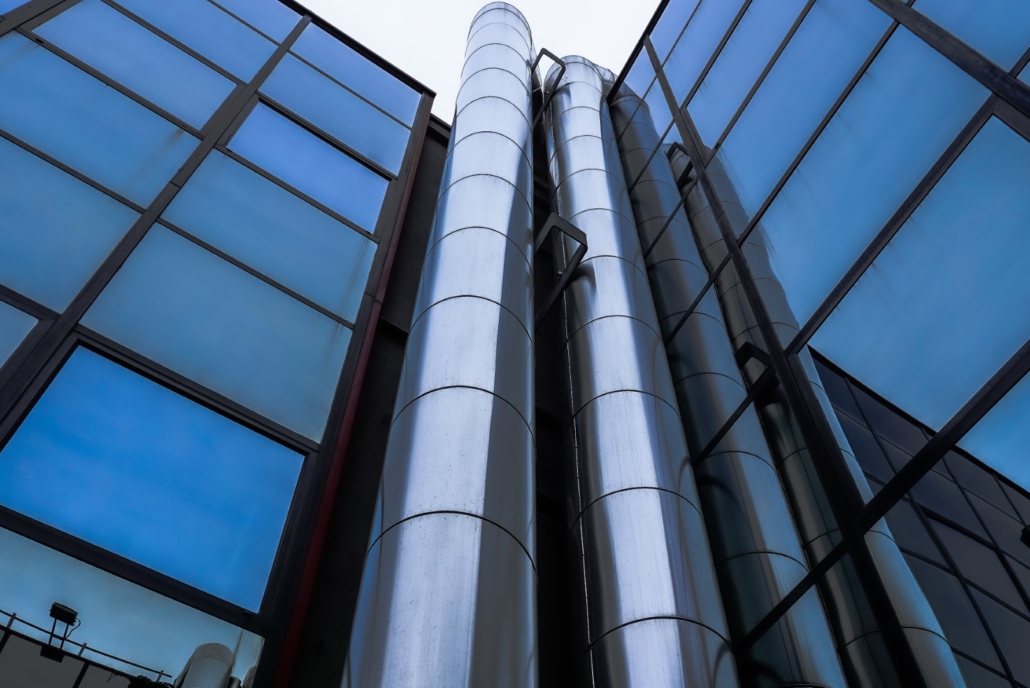We will bring your vision, assets and aesthetics to life.
If you are in need of one image, or fifty, to tell your story to your customers as only you can, please come in and have a look around. I hope you see something that speaks to you and your vision of success. If you like what you see, call or click and speak your mind. I’m looking forward to serving you.

